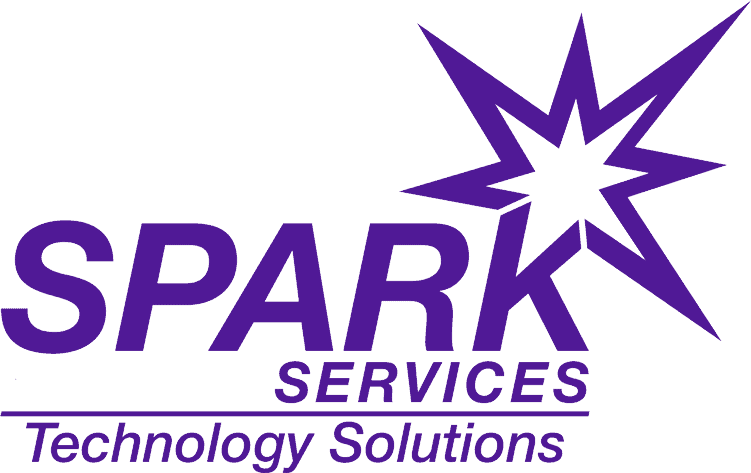Implementing a comprehensive camera security system is paramount for ensuring the safety and integrity of your business operations.
This guide aims to navigate you through the strategic deployment of advanced camera security systems, underscoring their pivotal role in deterring unauthorized access, facilitating continuous monitoring of critical areas, and collecting invaluable evidence in the event of security breaches.
By embracing these technologies, businesses can significantly enhance their security posture, ensuring a safer environment for both employees and assets while mitigating risks associated with theft, vandalism, and other security threats.
Understanding Your Security Needs
Assessing your business’s security requirements involves a deep dive into factors like geographical location, operational size, the nature of valuable assets, and historical security incidents.
This comprehensive evaluation is crucial for determining the specific types and quantities of cameras required, ensuring optimal coverage and placement.
Such an assessment not only identifies current security gaps but also anticipates future needs, guiding the development of a tailored security strategy that effectively mitigates risks.
Choosing the Right Camera System
Selecting the appropriate camera system involves navigating a vast array of options, each with unique features suited to different surveillance needs.
Dome, bullet, and PTZ cameras offer varied functionalities, from wide-angle views to targeted zoom capabilities.
High-resolution and night vision features are essential for capturing clear, actionable footage under all conditions. Investing in IP cameras enhances flexibility with network connectivity, enabling remote monitoring and management, crucial for dynamic security environments.
Strategic Placement
Effective camera placement is a strategic endeavor that maximizes surveillance effectiveness while minimizing blind spots and vulnerabilities.
Covering all points of entry and exit, alongside critical areas like financial transaction points and inventory storage, ensures comprehensive monitoring.
Elevated positions offer wide coverage and deter tampering, making strategic placement a key consideration in security planning.
This approach ensures surveillance systems are not only deterrents but also capable guardians of the premises.
Integration with Other Security Measures
Enhancing camera security with other security measures creates a multi-layered defense system, significantly boosting overall protection.
Integrating alarms, motion detectors, and access control systems with surveillance technology enables a unified security strategy.
This synergy enhances threat detection and response capabilities, providing a robust framework to address various security challenges.
Such integration facilitates a comprehensive approach to safeguarding assets, ensuring a secure and resilient business environment.
Integration with Other Security Measures
For enhanced protection, integrate your camera system with other security measures such as alarm systems, motion detectors, and access control systems. This layered security approach ensures a comprehensive defense against threats.
Data Storage and Management
Decide on a data storage solution that meets your needs—whether it’s local storage on DVRs (Digital Video Recorders) or NVRs (Network Video Recorders), or cloud storage for accessibility and scalability.
Ensure that your system complies with data protection laws regarding video surveillance.
Regular Maintenance and Updates
Maintain your camera security system regularly to ensure it remains effective. This includes cleaning camera lenses, checking for physical damages, updating software, and replacing outdated equipment.
Training and Policies
Educate your staff about the security system and establish clear policies on its usage, including privacy considerations. This ensures that everyone understands how to operate the system effectively and is aware of the legal implications of surveillance.
Professional Installation and Consultation
Although DIY installation might seem cost-effective, professional installation ensures that your camera security system is set up optimally. Security professionals can also offer valuable advice on improving your overall security strategy.
Legal Compliance
Ensure compliance with local laws and regulations regarding video surveillance, including signage requirements, privacy rights, and footage storage. Consult with a legal expert to navigate these legal aspects.
Monitoring and Response
Implement a monitoring plan, whether it’s in-house monitoring or hiring a professional security service. Establish protocols for responding to security incidents, including who to contact and how to preserve evidence for law enforcement.
Conclusion: Enhancing Business Security with SPARK Services
Incorporating a camera security system is a crucial step in protecting your business. It not only deters potential intruders but also provides a means of monitoring activities and collecting evidence in case of an incident.
By following these guidelines and choosing the right equipment and setup, you can create a secure environment for your business, employees, and customers.
For businesses looking to implement or upgrade their camera security systems, SPARK Services offers tailored solutions that cater to specific security needs.
With expertise in the latest surveillance technology and a commitment to customer service, SPARK Services can help enhance your business’s security measures, ensuring peace of mind and protection against potential threats.




